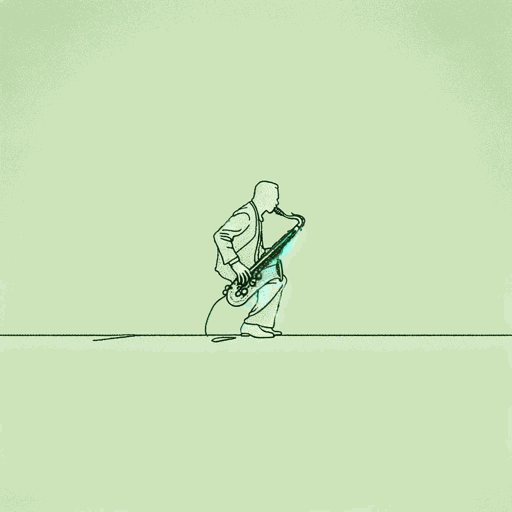33 pages • 1 hour read
Luis RodriguezAlways Running
Nonfiction | Autobiography / Memoir | Adult | Published in 1993A modern alternative to SparkNotes and CliffsNotes, SuperSummary offers high-quality Study Guides with detailed chapter summaries and analysis of major themes, characters, and more.
Summary and Study Guide
Overview
Always Running is the autobiography of Luis J. Rodriguez, a Mexican-American former gang member who grew up in dangerous East Los Angeles in the 1960s and 70s. Luis’ family moved to Los Angeles from Mexico after Luis’ father was accused of theft, and Luis spends his early years in Watts, a particularly crime-ridden LA neighborhood. Luis’ father struggles to find work, and the family struggles to find adequate shelter and food. After they are evicted from their apartment, Luis’ parents debate returning to Mexico, but his mother realizes she can’t leave her children. Luis’ father gets a job, and the family moves into a bigger house. Luis starts middle school in a rough district, with old textbooks and low test scores. Luis is bored by school, and soon finds himself assigned to a class for difficult students. Luis becomes sexually active, gets a tattoo, and becomes involved with a gang, the Animal Tribe.
One night as the Tribe is hanging out in a vacant lot, two members go to inspect an odd car and one of them, Clavo, is shot in the face and loses an eye. Clavo tries to leave the gang but Luis and the others prevent him. Luis begins to get into serious trouble, getting arrested for possession of alcohol at a beach and stealing cars to sell to a chop shop. Luis helps his friend Yuk Yuk unsuccessfully rob a concession stand. Luis starts high school at a racially diverse but deeply segregated school. Luis takes up the saxophone, but his instrument is left smashed after a fight with his brother. After a brawl at a party that Luis claims was racially motivated, he is expelled from school, something that does not bother him. His mother, frustrated by his behavior, kicks him out of the house. He couch surfs and grows depressed, nearly dying once from inhaling spray paint and once from an aborted suicide attempt. He realizes that he is alive for a reason and must make his life count. He asks his mother if he can move back in, and she agrees.
John, the leader of The Tribe, is killed, and another gang, the Lomas, comes to power. Luis is initiated into the Lomas through stabbing a random white stranger with a screwdriver. A member of the Lomas, Little Man, is killed by a member of a rival gang, the Sangras, and Luis helps his gang take revenge by firebombing the house of Little Man’s killer. Luis feels guilty, knowing that innocent people could have been hurt or killed by the fire. Luis’ mother tries to get him back into school, and he attends a new high school for industrial classes, supplementing his education with trips to the library. Luis becomes involved with an organization at school aimed at supporting Mexican American students. After helping fellow gang members attack a rival biker gang, Luis is arrested for attempted murder but later released without charges. Luis has been drawing murals in the family’s garage, which a local community organizer, Chente, sees and admires. Miguel, a friend of Luis’, is killed by the police. The community rallies for justice as violence between the Lomas and the Sangras increases. Luis tries to make peace, stating the need for unity, but is assaulted and threatened by his fellow gang members.
Luis is now a senior. At school, he tries to organize a walkout, which fails, but he makes his voice heard. He wins a literary contest, receiving $250 and a ticket to visit UC Berkeley. He is hired to paint murals and graduates from high school, but is unmoved by this milestone. He begins college, majoring in journalism and Chicano studies, and gets a book deal. One day, Luis intervenes when he sees the police beating a woman and he is arrested for interference. He pleads guilty and is sentenced to several months in jail. Because of his incarceration, his book deal is rescinded and he loses his contract painting murals. After he is released from jail, he is targeted by his own gang, who fire warning shots at him. Luis finally leaves his gang.
Luis moves away and marries, noting that on subsequent trips to see his parents, his old neighborhood has drastically changed, with shopping malls and new, expensive housing being developed. Luis returns to his old neighborhood for a cousin’s party. There, he is confronted by a man named Chava, a member of the Lomas' rival gang, the Sangras. Chava shows Luis his scars from a Lomas attack, stating that someone has to pay for all the pain he endured. Though Luis recognizes this as a threat, he tells Chava that he would lay down his life if it would heal Chava’s pain—but it won’t. He tells Chava to unburden himself from all the hate that gang life produces and go live his life to the fullest. Chava breaks down in tears, and Luis holds him.

